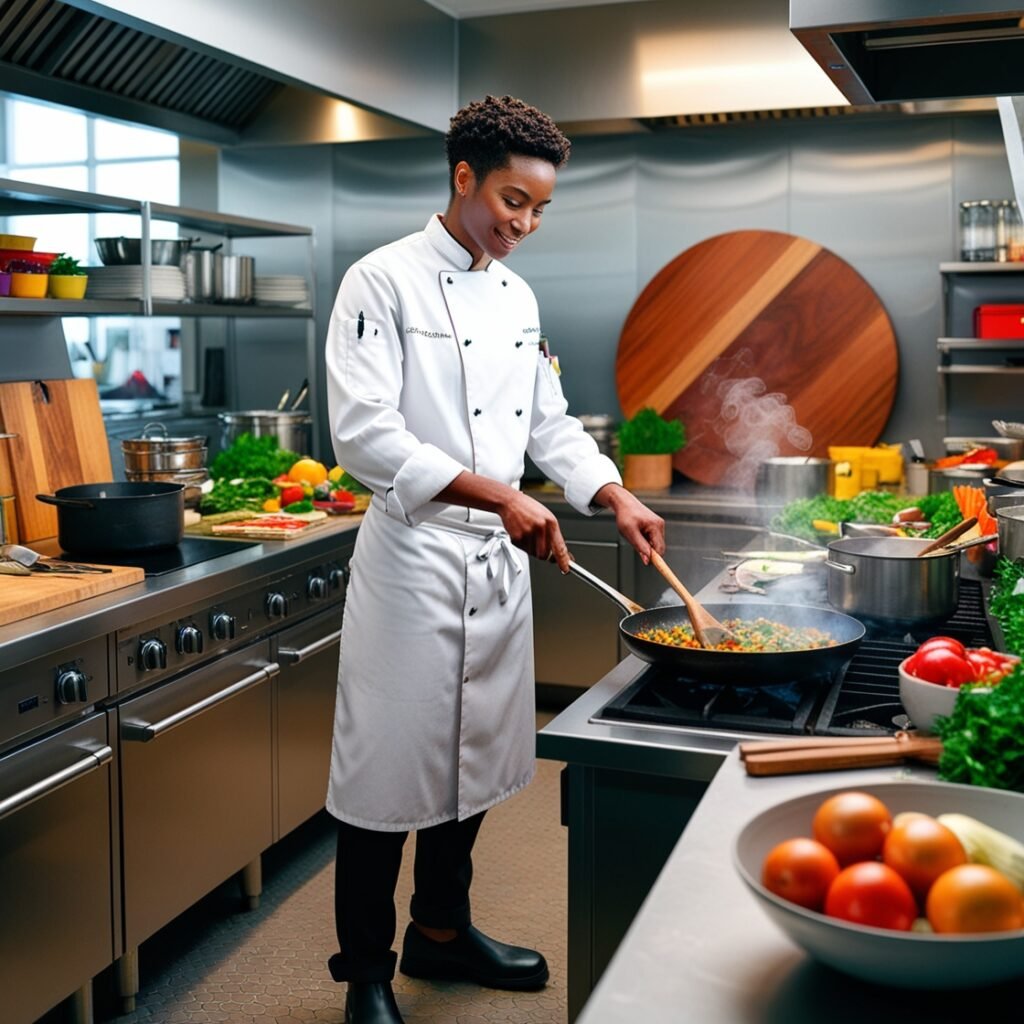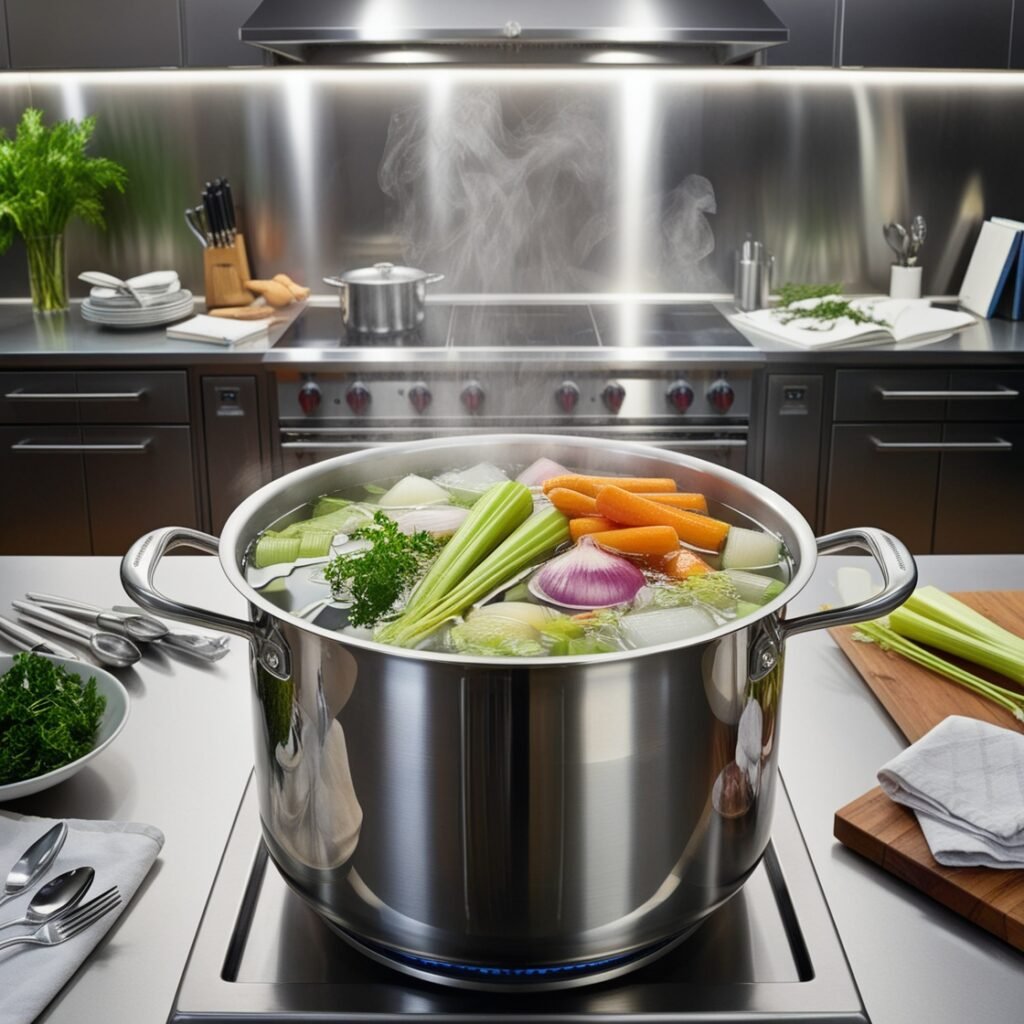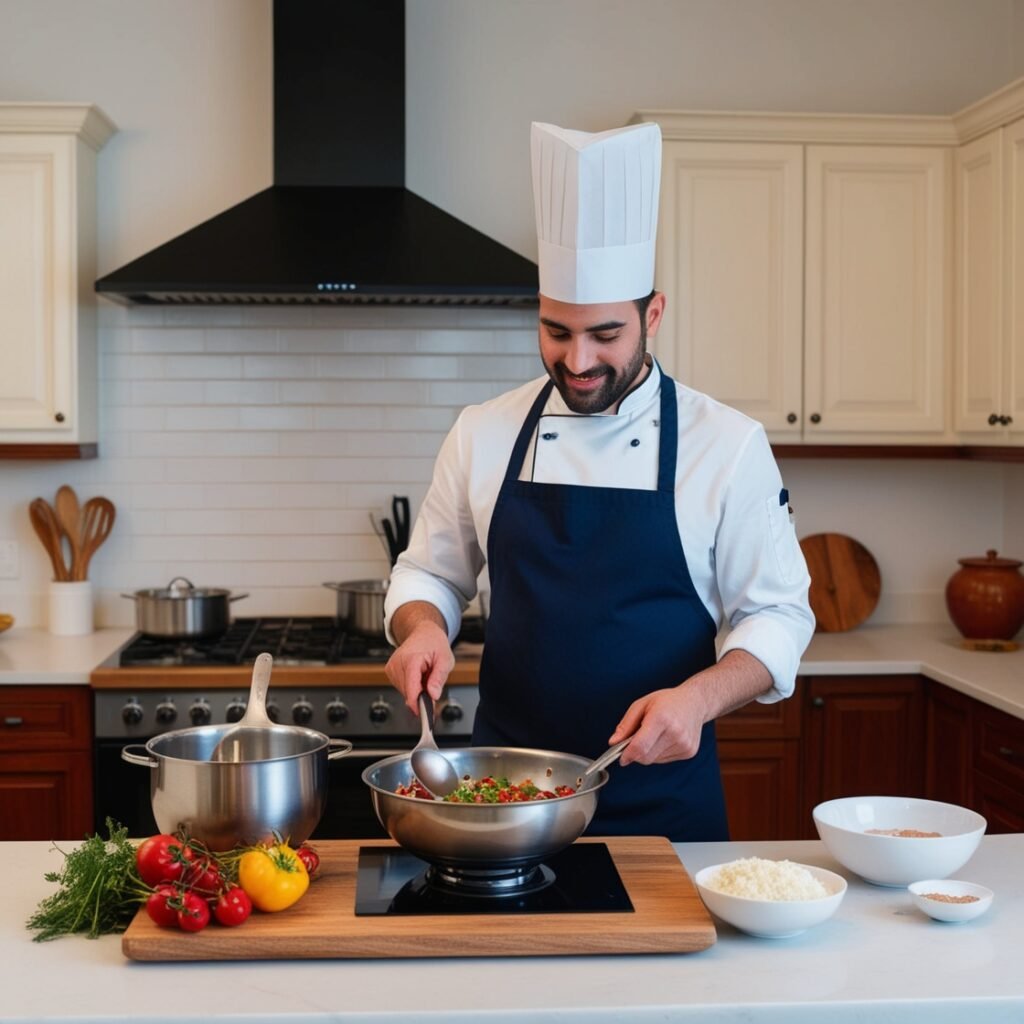The Essential Guide to Cooking Times for Beginners
Understanding Cooking Times: Why They Matter Cooking times are a fundamental aspect of culinary practice, influencing not only the taste and presentation of meals but also their safety and nutritional value. Proper cooking times ensure that food is cooked to the right temperature to eliminate harmful bacteria, thus safeguarding against foodborne illnesses. Each ingredient has […]




